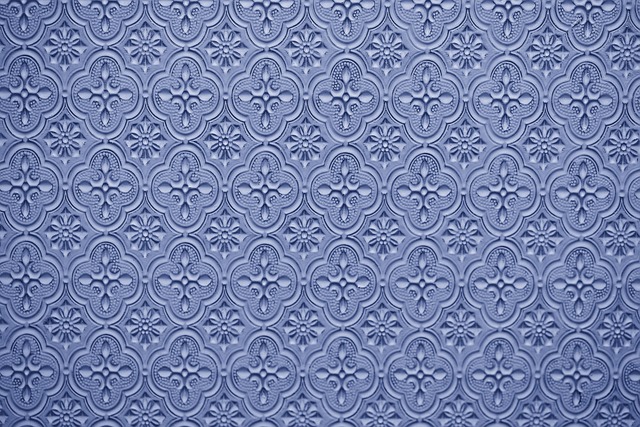In the vibrant world of Fine Arts and Culture, graphic elements play a crucial role in shaping our perception and emotional connection to art. These elements, whether they are lines, shapes, colors, or textures, serve as the fundamental building blocks that artists utilize to communicate their deepest ideas and emotions. As we explore the influence of these graphic elements, we uncover a mesmerizing tapestry that intertwines creativity, culture, and individual interpretation.
Every brush stroke, every pixel placed meticulously by an artist tells a story that transcends verbal communication. Graphic elements within Fine Arts act as a language of their own, delivering messages that resonate on personal and universal levels. For instance, the bold colors in a painting may evoke feelings of passion and intensity, while softer hues can induce calmness and tranquility. This emotional spectrum opens a doorway for viewers to connect intimately with the artwork, often reflecting their own experiences and feelings.
Culture, too, is deeply intertwined with graphic elements. Throughout history, various cultures have expressed their identities through unique artistic styles characterized by particular graphic features. The intricate patterns in traditional indigenous art, for instance, speak volumes about the heritage and beliefs of a community. This context enriches our understanding of how graphic elements not only represent aesthetics but also embody cultural narratives that inform us about the past, present, and even the future.
Moreover, in the realm of modern art, graphic elements have revolutionized the way we perceive and interact with creative expressions. Digital art has emerged as a powerful platform where graphic elements are manipulated in ways previously unseen, allowing for boundless experimentation. The freedom to create and modify these elements has led to a surge of innovative artworks that challenge our traditional views of art. Artists today blend technology with traditional methods, resulting in cross-cultural exchanges that inspire new dialogues in contemporary Fine Arts.
The influence of graphic elements extends beyond the canvas, seeping into various facets of our lives—from advertising to architecture, and even fashion. Each of these domains employs graphic elements to convey messages, establish brands, and resonate with audiences. The strategic use of design principles can notably influence our decisions and perceptions, underscoring the importance of understanding these visual components in shaping our cultural landscape.
As we delve deeper into the harmonious relationships between graphic elements in Fine Arts and Culture, we must also reflect on our interactions with these artistic expressions. Each viewer brings their unique background, experiences, and feelings into the encounter with art, making the experience even richer. By appreciating the diverse interpretations of graphic elements, we gain a broader understanding of the world around us, fostering empathy and connection through shared visual experiences.
In essence, exploring the influence of graphic elements in Fine Arts and Culture invites us to not only appreciate the aesthetics but also to engage actively with the emotional narratives embedded within. As we navigate through various artistic expressions, we discover that these graphic elements do not merely exist for decoration; they are pivotal in conveying the heartbeat of culture and creativity, reminding us of the profound relationships we share with art and each other.




